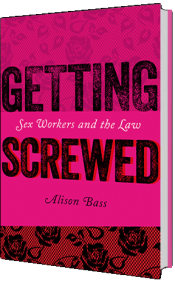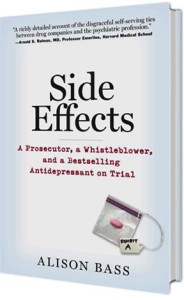When I lived in Boston in my 20s, another young woman who also lived in the Back Bay, a nurse, was brutally raped and murdered by a man, who, if my recollection is correct, got into her apartment through an open window. I remember thinking about why this guy, who was about my age, would do such a heinous thing. What kind of rage propelled him, what was behind his senseless act? The media depicted the alleged rapist, an African-American in his 20s, as an evil monster, similar to the way they have portrayed Darrell Brooks, the driver of the SUV who mowed down parade-goers in Wisconsin just last week, killing six people, including one child. The alleged perpetrator of the Wisconsin tragedy deserves to be brought to justice just as the nurse-killer did. But I can’t help comparing their portrayal in the press with the way some in the media have portrayed Kyle Rittenhouse, the 17-year-old who came to a Black Lives Matter protest armed with an AR-15 and killed two men who were trying to take the gun away from him. Rittenhouse, who was recently acquitted of all charges against him, has been lionized by Fox News and other conservative media and invited to meet with former President Trump at Mar-a-Lago. And yet Rittenhouse and Brooks share quite a few characteristics.
They are both products of broken homes, raised by single mothers, with absent fathers who struggled with addiction and were abusive to their partners. Rittenhouse’s father left his family when Kyle was only four after being charged with punching his mother; according to this article, Rittenhouse senior struggled with both alcohol and drugs. Similarly, Brooks’ father was an alcoholic who abused his mother and abandoned the family, according to the New York Post. Just like Rittenhouse, Brook was charged with his first felony when he was 17. The key difference: Brooks didn’t have wealthy backers who paid for his defense and he ended up in jail, turning to drugs and eventually compiling a lengthy criminal record by the time he rammed his car through the barricades and struck those parade-goers in Wisconsin.
This is not intended as a screed about the starkly different ways that white and black people in this country are treated by our criminal justice system, although that is a tragic and undeniable reality. What I’m trying to probe here are the catalysts for these youths’ violent behaviors. They are both angry, troubled individuals who have bad or nonexistent male role models in their lives. In the void of his absent father, Kyle Rittenhouse substituted cops and identified with violent white supremacist groups like the Proud Boys. After attempting suicide numerous times as a kid, Darrell Brooks essentially became his father, addicted to drugs and abandoning his own offspring, spending his adult life “trapped in a revolving door of incarceration, drug abuse and violence.”
Again, this is not to excuse his despicable behavior but to understand what drives it, because until we do, the violence in homes, at protests and on the street will continue unabated. Yes, violent media, political rhetoric and lax gun laws all play a role, as I wrote in my last blog. But the compulsion to kill goes beyond these triggers. A columnist for The Washington Post recently put his finger on it. It’s not just the easy availability of guns. We have guns galore in West Virginia and the homicide rate here is relatively low (although suicide by firearm is alarmingly high but that’s another story). As Colbert King writes:
“What does create that urge [to kill]? Think rage. Think greed, revenge, jealousy, fright, being looked down upon, mental brokenness — pick one, add others.”
Until we address these problems, which stem from poverty, racism and the hopelessness that comes from abuse and neglect, the Kyle Rittenhouses and Darrell Brooks of the world will keep hurting others and themselves.
This blog is also posted on medium.com.


